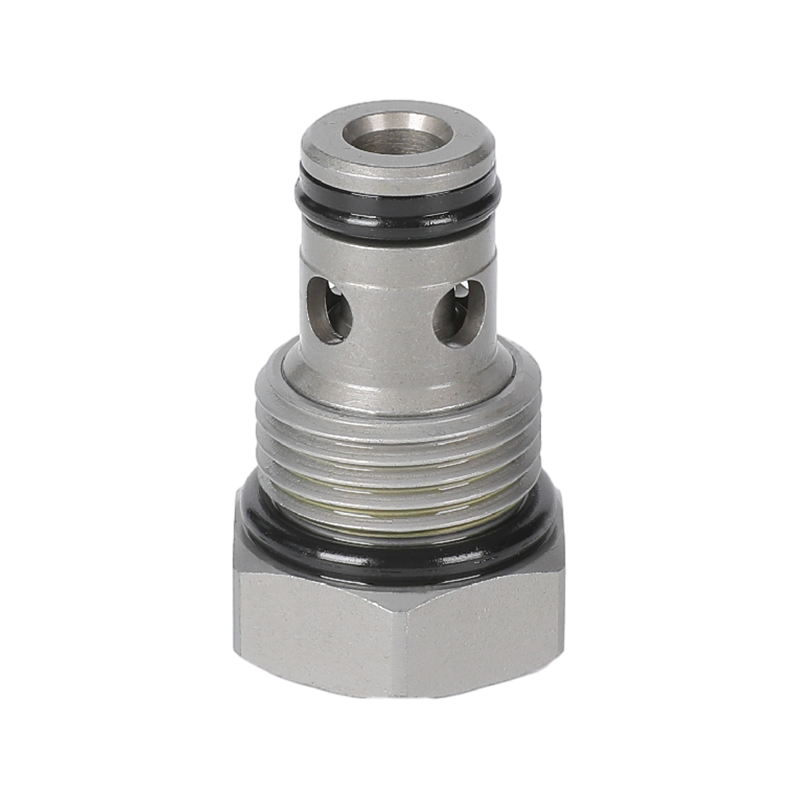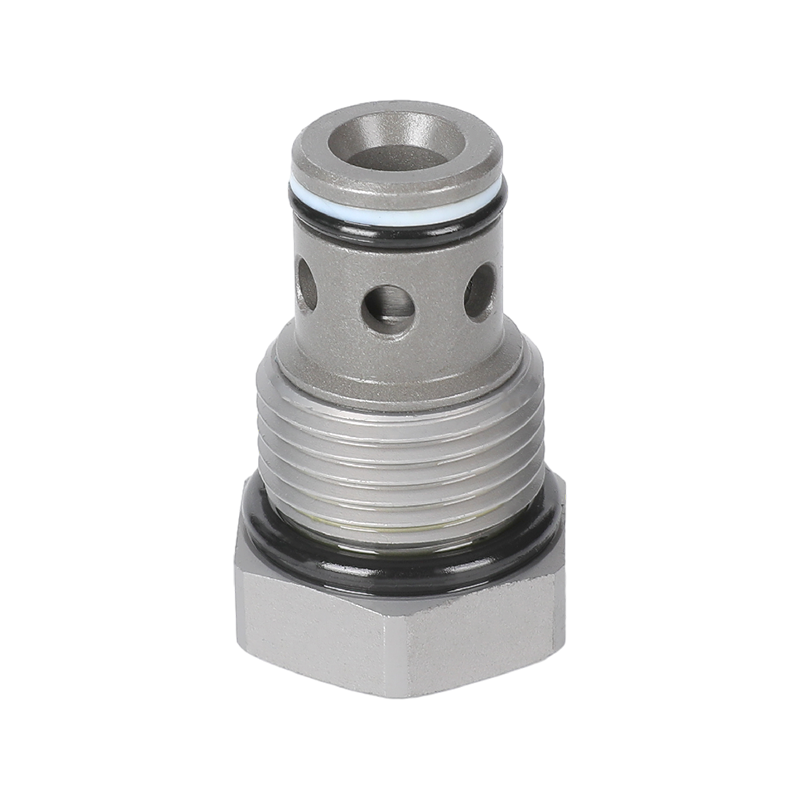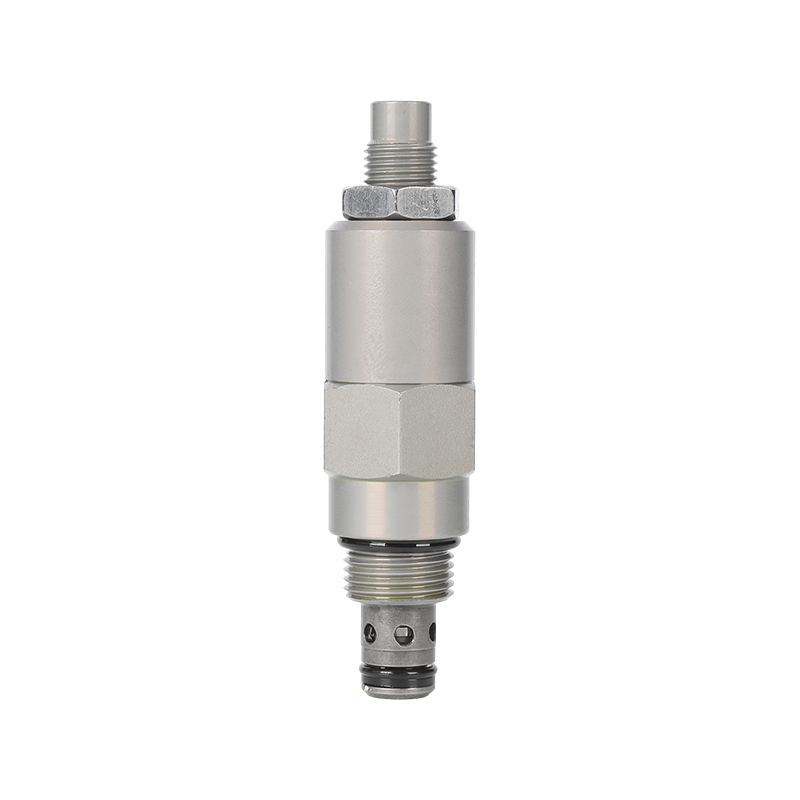Pressure cartridge control valves play a crucial role in hydraulic systems by offering a variety of advantages that simplify maintenance and reduce downtime. These benefits not only improve the efficiency of the system but also help to lower maintenance costs and extend the life of the equipment. One of the primary reasons pressure cartridge control valves simplify maintenance is their modular design. Unlike traditional valve systems, where the entire assembly may need to be replaced when a part fails, a pressure cartridge control valve only requires the replacement of the cartridge itself. This modular approach allows maintenance teams to quickly swap out the faulty cartridge, significantly reducing the amount of time spent on repairs. Technicians don’t have to dismantle the entire valve system, which means that the equipment can be back in operation much faster. This simple replacement process eliminates the need for extensive labor and reduces the overall downtime of the system, making the repair process quicker and more efficient.
Another key benefit of pressure cartridge control valves is their reduced number of moving parts. Traditional valve systems often have numerous components that can wear out over time, leading to frequent breakdowns and the need for regular maintenance. In contrast, pressure cartridge control valves are designed with fewer moving parts, which means there are fewer components that can experience wear and tear. This not only enhances the reliability of the system but also reduces the frequency of maintenance checks. Operators are less likely to encounter unexpected failures, which translates to lower maintenance costs and reduced operational interruptions. The simple design of the valve means that technicians spend less time on complex repairs, allowing for a more streamlined maintenance process.
The durability and longevity of pressure cartridge control valves further contribute to simplified maintenance and reduced downtime. These valves are built to withstand harsh operating conditions, including high pressures and temperatures. Their robust construction ensures that they can operate efficiently for longer periods without the need for frequent replacement. The increased lifespan of the valve reduces the frequency of maintenance interventions, meaning that equipment can continue running smoothly for extended periods without interruptions. This reliability leads to fewer unexpected failures, allowing maintenance teams to focus on routine checks rather than emergency repairs. With fewer components breaking down, downtime is minimized, and system efficiency is maximized.
Pressure cartridge control valves also simplify troubleshooting and diagnostics, further reducing maintenance time. Since these valves are housed in a single, compact unit, they are easier to inspect and diagnose than traditional valve systems, which may have multiple components that are harder to reach or identify. When an issue arises, technicians can quickly determine if the problem is with the cartridge or another part of the system. This reduces the amount of time spent diagnosing the issue and allows for quicker resolution. Faster troubleshooting means that any downtime caused by mechanical failures can be minimized, as technicians can quickly pinpoint the source of the problem and replace the cartridge or adjust the system accordingly. The ease of access and clear design of the pressure cartridge control valve ensures that maintenance personnel can act swiftly, reducing the overall impact on system operations.
Many modern pressure cartridge control valves come with integrated features like pressure relief, flow control, and pressure setting within the cartridge itself. These built-in functions help to maintain a more stable hydraulic system by preventing pressure spikes, flow irregularities, and other malfunctions that could cause system failures. By consolidating several functions into a single cartridge, these valves reduce the risk of issues that could lead to extensive system failures or the need for repairs. The integration of these features not only ensures more reliable operation but also cuts down on the frequency of maintenance interventions. With fewer pressure-related malfunctions occurring, maintenance teams are less likely to be called in for emergency repairs, thus reducing downtime and improving the system's overall reliability.

 English
English русский
русский
 ++86-0575-87669088
++86-0575-87669088


